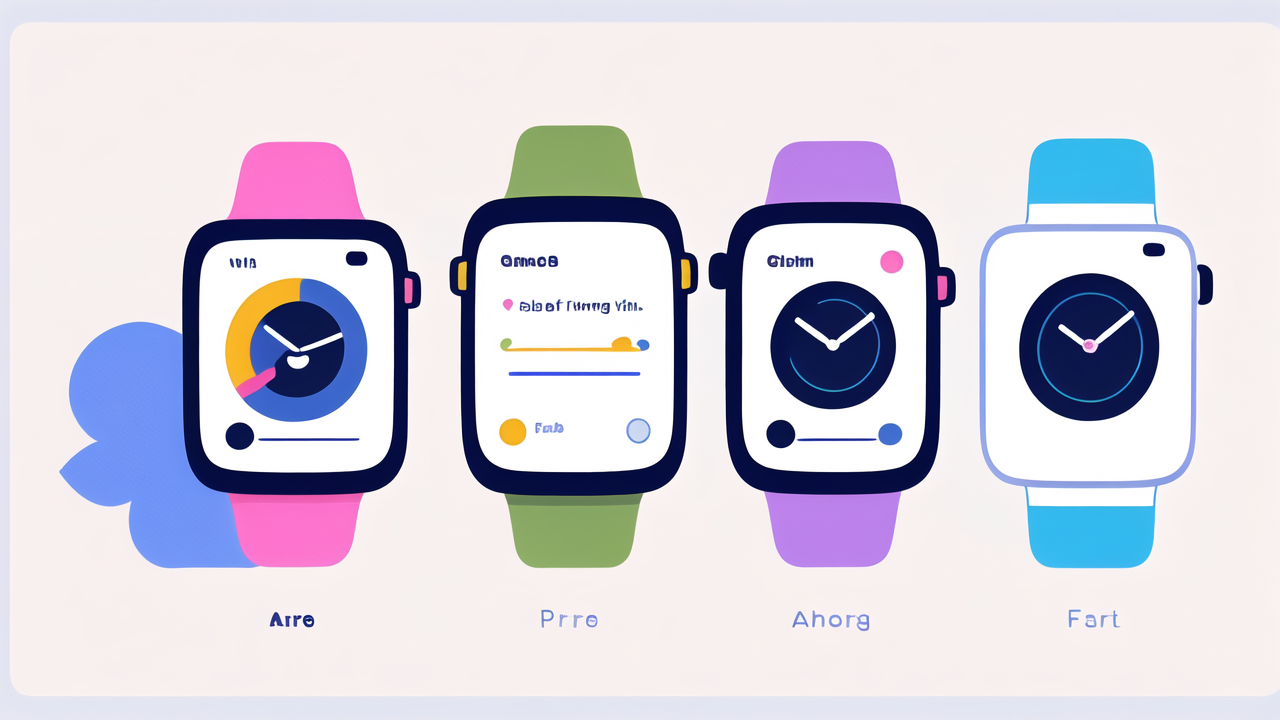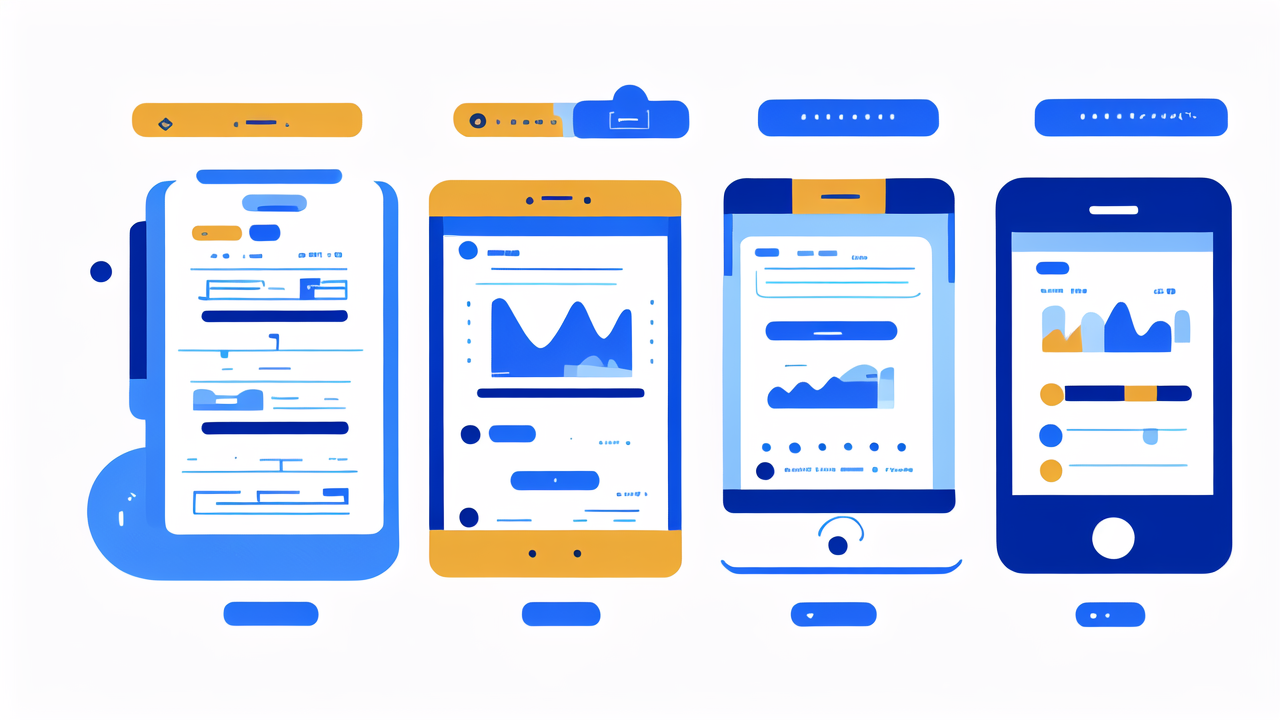Understanding the Evolution of Activity Trackers
The Beginnings of Wearable Fitness Technology
Wearable fitness tech started simple. Early devices were basic step counters. They used mechanical sensors to track movement. These gadgets were bulky and not very accurate. But they sparked a revolution in personal health tracking.

As technology improved, so did activity trackers. Digital step counters came next. They were more precise and could store data. This was a big step forward. Users could now track their progress over time.
The real game-changer was the addition of wireless connectivity. This allowed trackers to sync with smartphones and computers. Suddenly, users could see their data in charts and graphs. It made fitness tracking more engaging and useful.
Technological Advancements in Modern Activity Trackers
Today's activity trackers are a far cry from their ancestors. They pack a lot of tech into a small package. Most use accelerometers to measure movement in all directions. This gives a more complete picture of activity.
Heart rate monitors are now standard in many trackers. They use LED lights to detect blood flow. This tech helps users track their cardiovascular health. Some trackers even measure blood oxygen levels.
GPS is another key feature in modern trackers. It allows for accurate distance tracking during runs or bike rides. Many devices now have built-in screens too. Users can see their stats without reaching for their phone.
Battery life has also improved greatly. Many trackers can now last a week or more on a single charge. This makes them more convenient for everyday use.
The Integration of AI and Machine Learning
AI and machine learning are changing the game for activity trackers. These technologies make devices smarter and more personalized. They can learn from user habits and provide tailored advice.
For example, some trackers can now detect different types of exercise automatically. They know when you're running, cycling, or swimming. This makes tracking workouts easier and more accurate.
AI can also spot patterns in your data. It might notice you sleep better on days you exercise more. Or it could warn you if your heart rate is unusually high. This turns trackers into proactive health tools.
Machine learning helps improve accuracy over time. The more you use your tracker, the better it gets at understanding your body. This leads to more precise calorie counts and fitness recommendations.
Key Players in the Activity Tracker Market
Leading Brands and Their Market Strategies
Fitbit is a major player in the activity tracker market. They focus on user-friendly devices with long battery life. Their app offers social features to keep users engaged. Fitbit has also expanded into smartwatches.

Apple dominates the smartwatch market with its Apple Watch. They emphasize health features and integration with iPhones. Apple's strategy is to create a seamless ecosystem of devices and services.
Garmin targets serious athletes with its high-end GPS watches. They offer detailed metrics for running, cycling, and swimming. Garmin's strategy is to be the go-to brand for endurance sports.
Samsung competes with a range of smartwatches and fitness bands. They focus on Android compatibility and smart home integration. Samsung aims to be a one-stop shop for all your tech needs.
Startups and Innovations Shaping the Industry
Whoop is a startup making waves with its subscription-based model. Their trackers focus on recovery and strain. They've gained popularity among professional athletes.
Oura Ring offers a unique form factor - a smart ring. It tracks sleep and activity without looking like a typical wearable. This appeals to users who want discreet tracking.
Biostrap takes a different approach, focusing on medical-grade data. Their devices track heart rate variability and respiratory rate. This appeals to users with specific health concerns.
These startups are pushing the boundaries of what activity trackers can do. They're finding new ways to collect and use health data.
Market Share and Consumer Preferences in the United States
In the US, Apple leads the smartwatch market. Their integration with iPhones gives them an edge. Fitbit comes in second, with a strong presence in the fitness tracker category.
Garmin has a loyal following among serious athletes. They dominate the high-end GPS watch segment. Samsung is gaining ground, especially among Android users.
Consumer preferences vary. Some want simple step counters. Others need advanced health tracking. Battery life is a key factor for many. Style is becoming more important as trackers become fashion accessories.
Price is also a major consideration. Budget-friendly options from brands like Xiaomi are gaining popularity. But many consumers are willing to pay more for advanced features.
Future Trends and Regulatory Considerations
The Impact of Evolving Health and Privacy Regulations
Health and privacy regulations are shaping the future of activity trackers. In the US, HIPAA rules affect how companies handle health data. This impacts how trackers collect and store information.

The EU's GDPR has global implications for data privacy. It gives users more control over their personal data. Companies must be transparent about data collection and use.
These regulations are pushing companies to improve data security. Many are adopting encryption and other protective measures. Some are giving users more options to control their data.
As trackers collect more sensitive health data, regulations will likely tighten. Companies will need to balance innovation with privacy protection. This could lead to new standards for wearable tech.
Predicting the Next Big Thing in Wearable Fitness
Non-invasive glucose monitoring is a hot area of research. If successful, it could be a game-changer for diabetics. Apple and others are working on this technology.
Stress monitoring is another emerging trend. Future trackers might measure cortisol levels or other stress markers. This could help users manage their mental health better.
Advanced sleep tracking is also on the horizon. Some companies are working on EEG-based sleep monitors. These could provide more accurate data on sleep quality and stages.
Augmented reality (AR) could integrate with activity trackers. Imagine seeing your heart rate or pace projected in your field of vision while running. This could make fitness data more accessible and actionable.
The Role of Big Data and Analytics in Advancing the Activity Tracker Industry
Big data is driving innovation in the activity tracker industry. Companies are collecting vast amounts of user data. This information helps improve device accuracy and features.
Analytics can spot trends across large user groups. This leads to new insights about health and fitness. For example, data might reveal links between activity levels and certain health conditions.
Machine learning algorithms are getting better at predicting health events. They might warn users of potential issues before symptoms appear. This could transform preventive healthcare.
Big data also helps companies personalize their products. They can tailor recommendations to individual users. This makes trackers more useful and engaging.
As data collection grows, so do concerns about privacy and security. Companies will need to balance data use with user trust. Transparent policies and strong security measures will be crucial.




Leave a comment
This site is protected by hCaptcha and the hCaptcha Privacy Policy and Terms of Service apply.